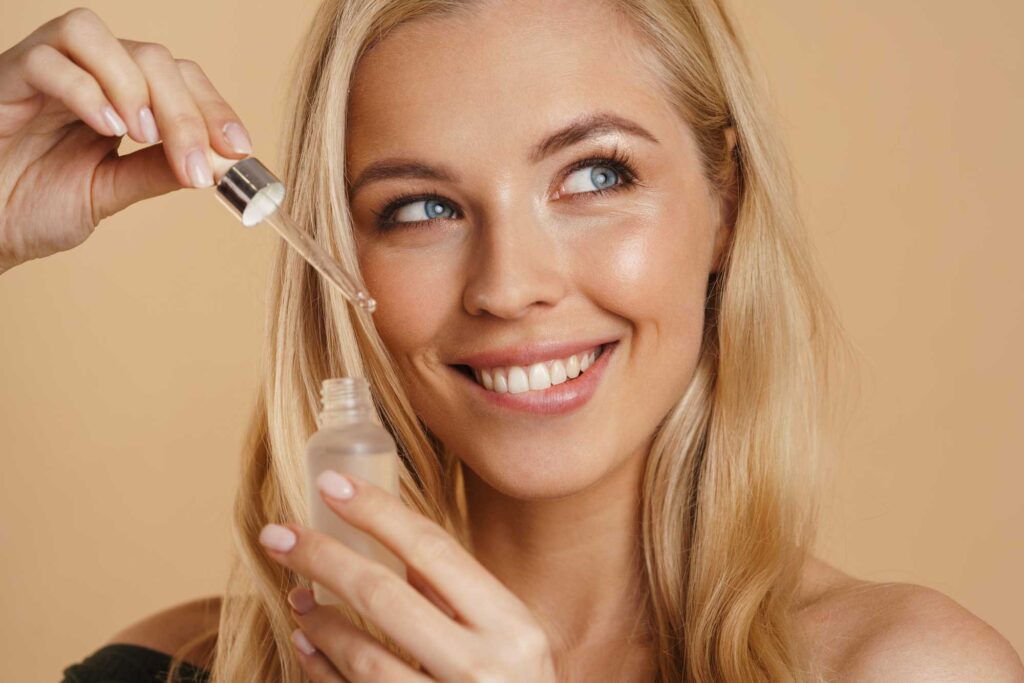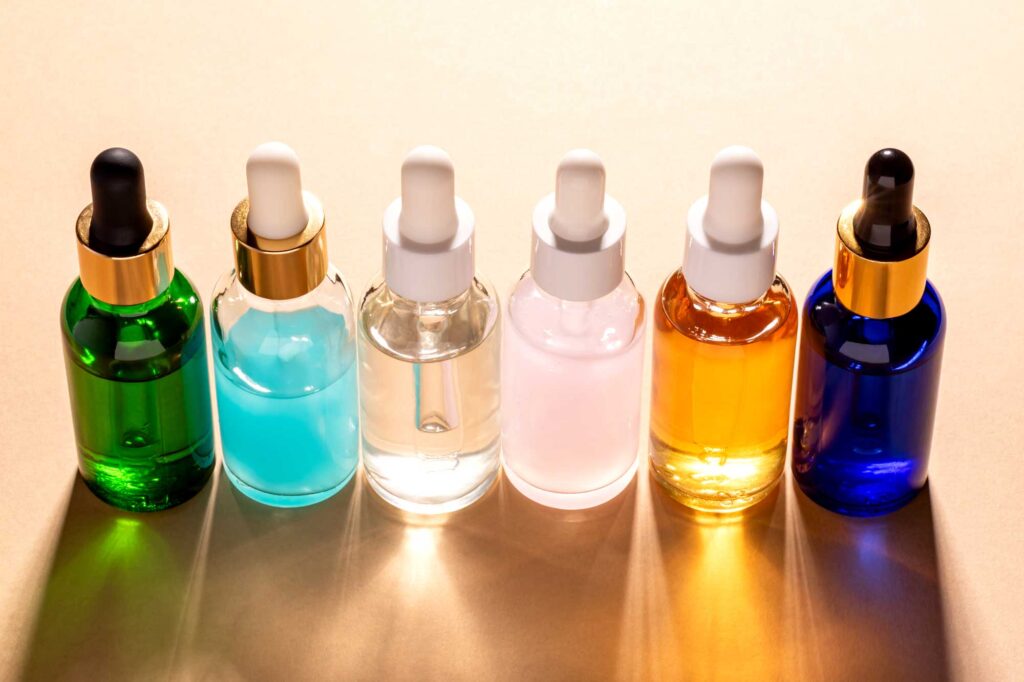-
×
 Eye Complex Firming Creme
1 × $18.00
Eye Complex Firming Creme
1 × $18.00
Natural, Reviva Labs, Skin Care
How Many Serums Can Your Skin Handle?
Some skincare trends are easy to dismiss. Others—like layering serums—make us pause and wonder: How much is too much? With an ever-growing list of targeted serums boasting peptides, antioxidants, and hydration boosters, it’s tempting to use them all. But can your skin truly absorb multiple serums and still reap the benefits? Or are you overloading it with more than it can handle?
What Are Serums and How Do They Work?
Serums are highly concentrated formulations that pack potent active ingredients into each drop. Typically lightweight, serums can carry everything from antioxidants to peptides, offering targeted benefits with every application. Unlike thicker creams or lotions, serums are designed to penetrate deeply into the skin, which means they require a careful approach to layering. They work on a molecular level, interacting directly with your skin cells to enhance hydration, reduce fine lines, and even out skin tone. Each serum is created with a specific purpose, and their formulations are the result of extensive research and innovation.
The absorption of serums is not a matter of simply applying a product and waiting for magic to happen. The skin’s barrier, known as the stratum corneum, plays a pivotal role in how effectively a serum’s active ingredients penetrate. This barrier is both a protective layer and a regulator, ensuring that only certain molecules pass through. The size of the molecules and their chemical properties determine whether they can break through this barrier.

How the Skin Absorbs Serums
Our skin is not a limitless sponge waiting to soak up every drop of serum we apply. When too many serums are applied, key ingredients may compete for room to penetrate, leading to diminishing results. Studies show that the skin can only absorb a certain amount of active ingredients before reaching a saturation point. Anything beyond that may sit on the surface, offering little benefit—or worse, potentially causing irritation.
Each layer you apply interacts with your skin’s barrier in complex ways, influencing not only absorption but also the longevity of the product’s effects. When you apply it, the formulation, and even the environment can all play roles in how well a serum works for you.
The Risk of Overloading the Skin
So when it comes to applying serums, more isn’t always better. Layering too many serums can dilute their effectiveness, cause product interactions, or leave behind a residue that clogs pores. Some active ingredients—like vitamin C and retinol—can destabilize each other, while too many exfoliating acids can strip the skin’s protective barrier. The result? Redness, sensitivity, and an imbalance that makes your skin more reactive rather than resilient.
How Many Serums Are Too Many?
Dermatologists suggest limiting serums to two or three per routine. A 2022 study published in the Journal of Cosmetic Dermatology found that layering multiple skincare products beyond three active ingredients per application did not enhance absorption and, in some cases, it actually reduced the efficacy of the products.
So, should you use a serum every time you wash your face? Not necessarily. The key is balance. In the morning, opt for antioxidant-rich serums that protect against environmental damage, such as vitamin C or hyaluronic acid. At night, focus on repair with niacinamide and renewal-driven serums like peptides or retinoids.

Building an Effective Serum Routine
For most routines, applying two to three serums daily is most effective. To get the most from your serums, apply them in order of thickness—thinnest to thickest. Water-based serums absorb quickly and should go on first, followed by heavier, oil-based formulas that lock in hydration. If you’re using multiple serums, wait about 30 seconds between applications to allow each layer to settle before moving on.
Signs You’re Using Too Many Serums
If you notice any of the following, it might be time to scale back:
- Persistent redness or irritation
- Increased breakouts or clogged pores
- A sticky or greasy residue that won’t absorb
- Skin that feels tight or stripped
Less Is More When It Comes to Serums
Your skin benefits most when given what it needs—no more, no less. A targeted approach with one or two well-formulated serums, day and night, can outperform a complicated routine that overloads the skin. Pay attention to how your skin responds and adjust accordingly. After all, healthy skin isn’t about using everything. It’s about using the right products for your skin.






